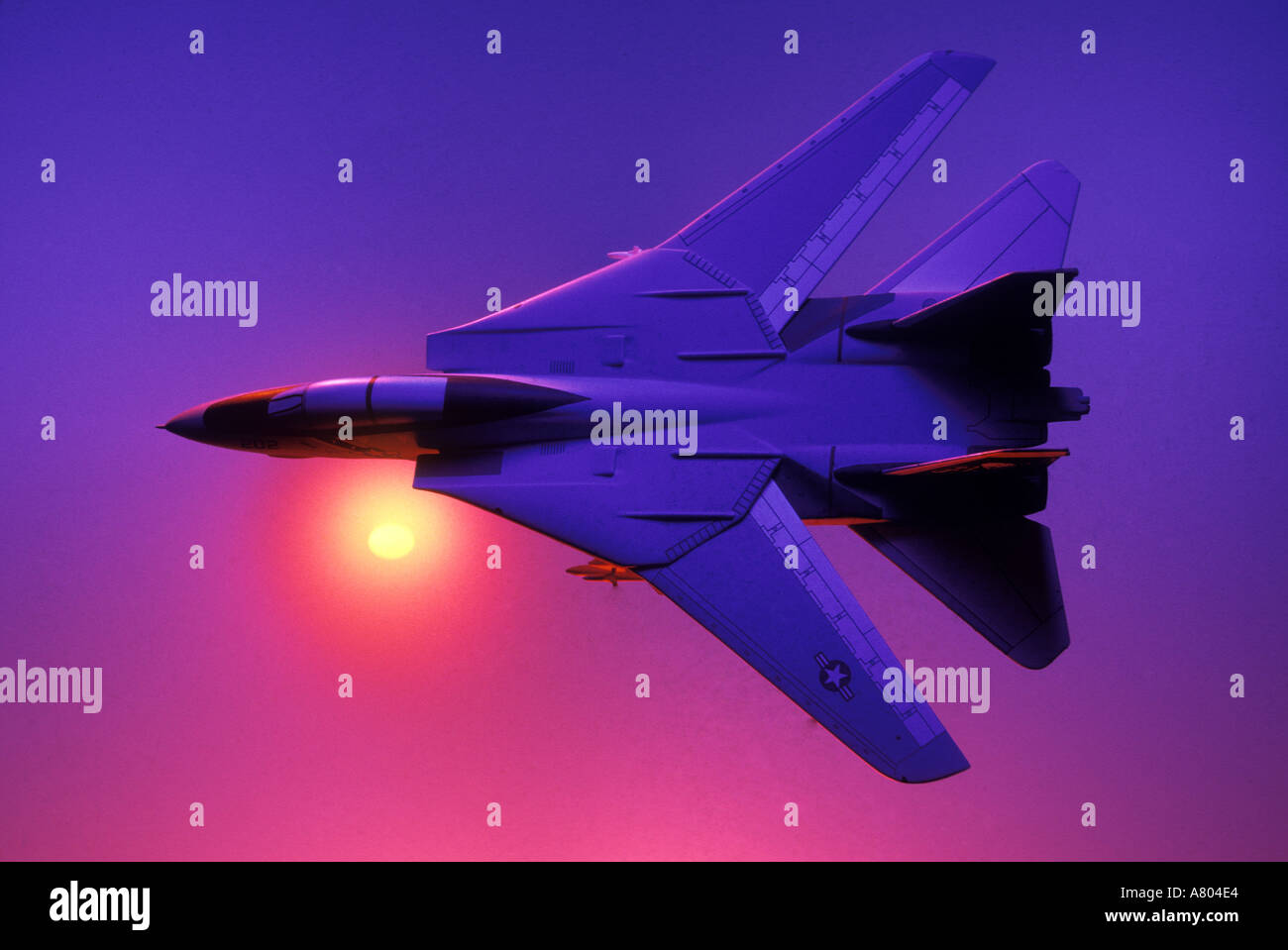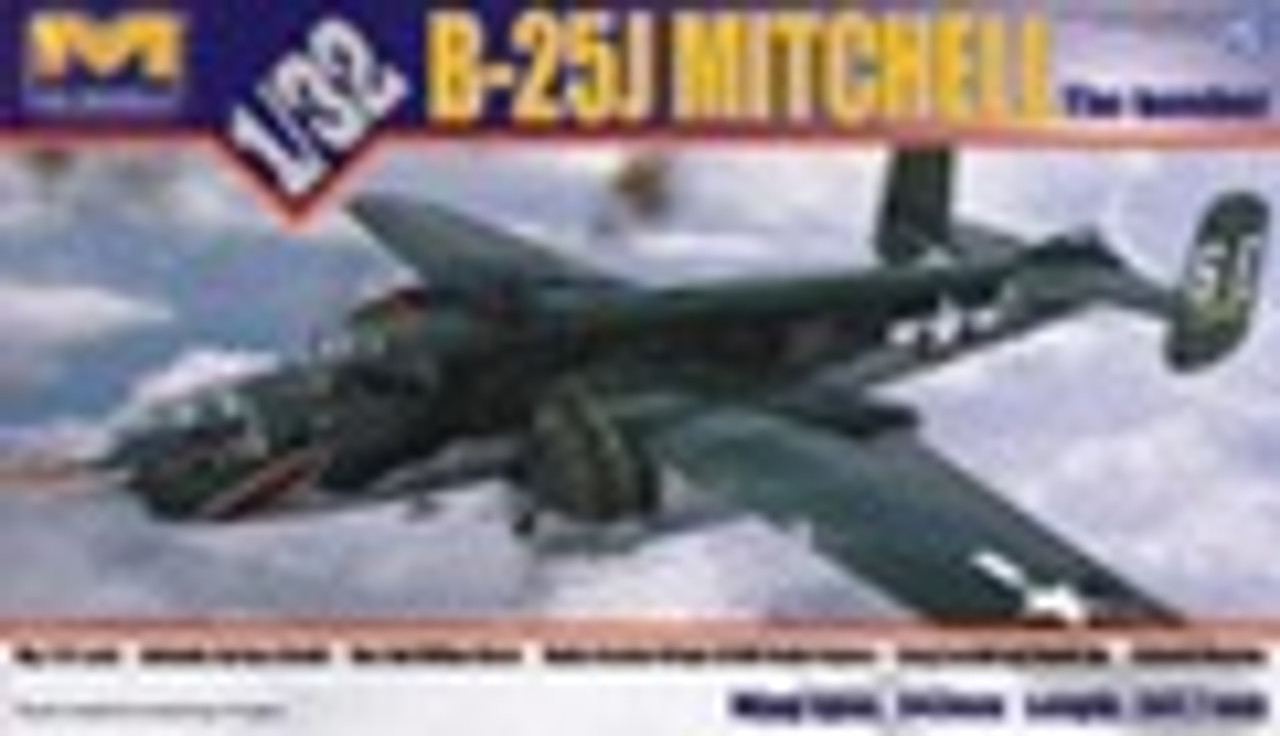Military Plane Models - This article needs more proof text. Please help improve this article by adding links to reliable sources. Faulty equipment can be challenged and removed. Search Source: "Military Transport Aircraft" - News · Journal · Book · Scholar · JSTOR (August 2017) (Learn how and how to remove this template message)
A military transport aircraft, military transport aircraft or cargo aircraft is a military transport aircraft used to support military operations by transporting soldiers and military equipment. Airlift is essential for maintaining forward supply lines that are difficult to access by land or ground, and can be used for both operational and offensive purposes. They are also often used for public emergency services by transporting humanitarian aid.
Military Plane Models

Fixed-wing transport aircraft are defined by their ability to perform well as competitive airlift or tactical airlift to reflect the needs of the ground forces they normally support. These include differences in commercial airline length: Eurocontrol defines short-haul routes as shorter than 1,500 km (810 nmi), long-haul routes as longer than 4,000 km (2,200 nmi), and average lengths between .
Planes Top View. Jet Military Aircraft Vector Flat Pictures Isolated Stock Vector Image & Art
A military glider is a non-motorized vehicle used in some campaigns to transport troops and/or supplies to the front lines of battle.
Military transport helicopters are used in places where the use of conventional aircraft is impossible. For example, troop transport helicopters are the main transport asset of the US Marine Corps, deployed from LHDs and LHAs. The landing potential of the helicopter is almost unlimited, and the landing place is not easy, for example, densely dense forest, the ability of the helicopter to circle allows the boys to have their fill of racing and ropes.
Transport helicopters are used in combat, medium and heavy. Air attack helicopters are usually the smallest form of transport and are designed to move military units or units and their equipment. Helicopters in mission forces are primarily armed for self-defense both in transport and ground suppression. This armament will be in the form of gunners or helicopter modifications with wings and pylons carrying missiles and missile pods. For example, the Sikorsky S-70 equipped with ESSM (External Storage Systems) and the Hip E variant of the Mil Mi-8 can carry as much ammunition as a high attack helicopter.
The average transport helicopter is capable of moving a group of infantry or transporting artillery or light vehicles inside or as a low load. Unlike attack helicopters, they are not normally expected to land directly in the combat zone, but are used to support and supply the landing sites of the first attack. Examples include the unarmed Mil Mi-8, Super Puma, CH-46 Sea Knight and NH90.
Recognition Models: Scale World War Miniatures Used To Tell Friends From Foes
The heavy lift helicopter is the largest and most capable of transport, currently limited service to CH-53 Sea Stallion and other CH-53E Super Stallion, CH-47 Chinook, Mil Mi-26 and Aérospatiale Super Frelon. Capable of carrying up to 80 troops and moving small armored fighting vehicles (mostly cargo in the body, but also inside), these helicopters operate in towed tactical transport in the same way as small-wing turboprop airlifters. The helicopter's smaller, larger, and increased fuel consumption is more than offset by their ability to perform well anywhere F-16 Fighting Falcon (left), P-51D Mustang (below), F-86 Saber (top) and F-22 Raptors (right) fly in formation leading to four generations of American fighter jets.
Fighter jets are fixed-wing military aircraft designed primarily for aerial combat. In military conflicts, the role of combat aircraft is to establish air superiority on the battlefield. The dominance of the best aircraft on the battlefield allows bombers and attack aircraft to attack and attack enemy targets.
The main characteristics of the fighter include not only its firepower, but also its high speed and maneuverability relative to the target aircraft. The success or failure of a fighter's efforts to obtain the best air quality depends on many factors such as the skill of his pilots, the strength of his words, the discipline of dispatching his firefighters, and the number and performance of applicants.

Many fighters today also have secondary capabilities such as ground attack, and some types, such as fighter-bombers, are designed from the start for dual roles. Other fighter models are very specialized while also performing the primary role in the air, and these include the interceptor, heavy fighter, and night fighter.
Hanghang 1/100 Scale F 22 Raptor Attack Plane Diecast Airplane Model Military Plane For Commemorate Collection Or Gift(wheels Iinstalled)
This section needs more text to analyze. Please help improve this article by adding links to reliable sources. Faulty equipment can be challenged and removed. (October 2021) (Learn how and where to remove this message)
Since World War I, successful and superior air control has been considered essential to victory in conventional warfare.
Fighters continued to be developed throughout World War I to reduce the ability of airplanes and airships to gather intelligence by observing the battlefield. Early military aircraft were smaller and less armed than later models, and typically two-plane aircraft made of wood, covered with fabric, and a maximum airspeed of 100 mph (160 km/h). As airspace control over the military became more important, all major powers created armies to support their military operations. During the war, wood was replaced partially or completely by steel tubes, and finally the aluminum stressed skin structure (monocoque) began to predominate.
Until World War II, most fighters were all-metal monoplanes armed with machine gun or cannon batteries and some capable of speeds of up to 400 mph (640 km/h). Most fighters up to this point were single-engined, but a number of twin-engined fighters were built; however, they were found to be competitive with single-engine fighters and were relegated to other roles, such as night fighters equipped with primitive radar systems.
Plastic Model Kit 2ww Plane Assembled Editorial Image
By the end of the war, turbojet engines had replaced piston engines as the propulsion method, further increasing the aircraft's speed. Since the weight of a turbojet engine is much less than that of a piston engine, having two engines is no longer a disadvantage, and one or two are used, depending on the need. This in turn required the development of the ejection seat so the pilot could escape, and G-suits to protect more force applied to the pilot during maneuvers.
In the 1950s, radar was used by modern firefighters because, due to the advancement of air-to-air systems, pilots could not see too far ahead to prepare for an attack. After that, the capabilities of the radar increased or are now the first way to find the target.
The wings were made thinner and moved back to reduce transonic drag, which required new manufacturing methods to obtain sufficient strength. The skin is not sheet metal riveted to the structure, but milled from large plates of alloy. The sound barrier was broken, and after several false starts due to the need to change control, the speed reached Mach 2, after which the aircraft could not stop, there was a struggle.

Air-to-air missiles largely replaced guns and missiles in the early 1960s, as both were believed to be ineffective at high speeds, but the Vietnam War showed that guns still had a role and most fire fighters created after that are mounted with a cannon. (typically 20 and 30 mm (0.79 and 1.18 in) in caliber) in addition to rockets. Most modern combat aircraft can carry at least two air-to-air missiles.
How To Make Model Planes
In the 1970s, turbofans replaced turbojets, improving fuel economy even as the last engines supporting pistons could be replaced with jets, making multirole fighters possible. Honeycomb patterns began to replace milled patterns and the first composites began to appear on objects that were lightly loaded.
United States Air Force F-22 Raptor and F-35 Lightning II fighter jets over Florida's Emerald Coast
As computers continue to improve, security systems have become more effective. To prevent this, the US, Russia, India and China have sought stealth technologies. The first step is to find a way to reduce the aircraft's impact on radar waves by burying the genies, removing sharp corners and moving all reflections away from the radar array. Various materials have been found to absorb the energy from radar waves and have been incorporated into special coatings that have found many applications. Composite designs have become more widespread, include larger equipment and have helped increase the weight of aircraft - most modern fighters are larger and heavier than the average class of WWII refugees.
Because of the importance of air superiority, since the early days of combat aircraft militaries have constantly competed to create technologically superior fighters and to deploy more fighters, and maintaining a viable fighter fleet consumes a large portion of the defense budget today. a soldier.
Fighter Plane Model Kit
The global combat market was worth $45.75 billion in 2017 and is forecast by Frost & Sullivan to be $47.2 billion in 2026: 35% maintenance programs and 65% total steel purchases controlled by F- 35 of Lockheed Martin with 3,000 years of delivery in 20 years. .
A giv type can be designed for certain types of combat and sometimes for additional roles such as aerial combat. History of
Plane models to build, balsa wood plane models, air force plane models, plane models, plane models for sale, boeing plane models, miniature plane models, passenger plane models, military plane, military models, models+military, cessna plane models
0 Comments